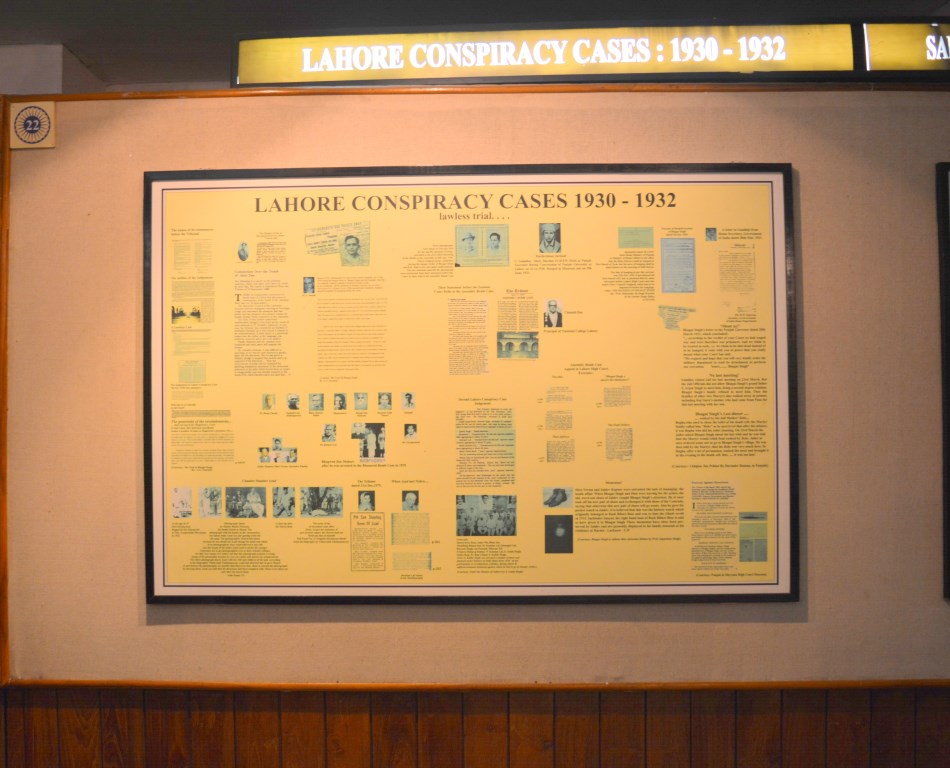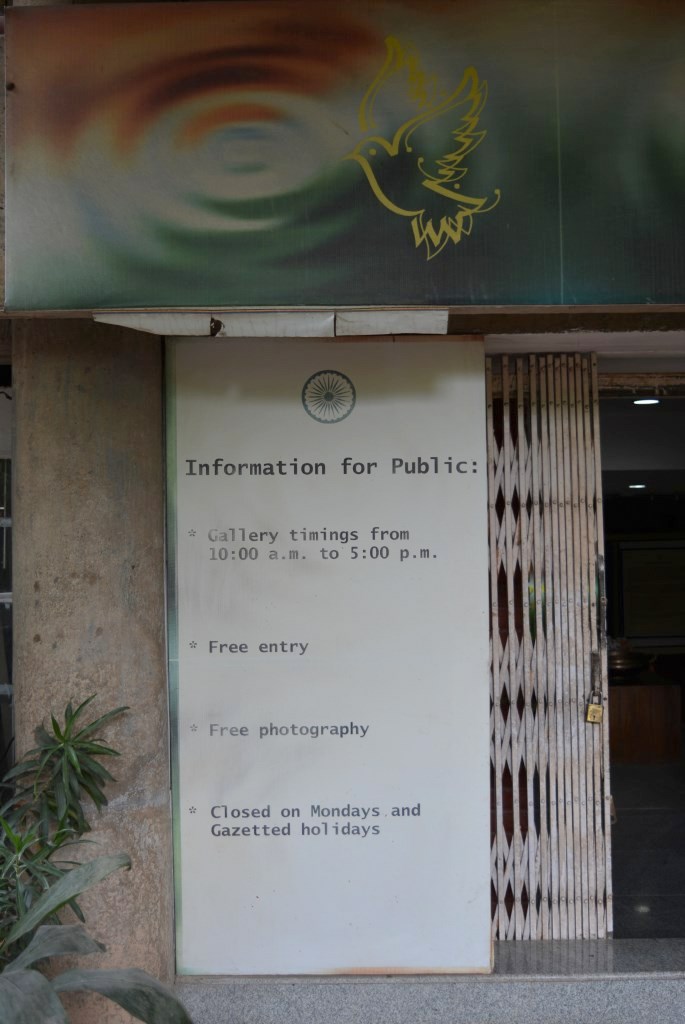Sector 17
The National Gallery of Portraits was set up in 1977 in the heart of Chandigarh. It was later renovated and reopened on January 13 2007, inaugurated by H.E. (Retd.) S. F. Rodrigues, PVSM, VSM, the then Governor of Punjab and Administrator of the Union Territory of Chandigarh. The musuem has a vibrant and varied collection of portraits, busts, sculptures, images, prints of rare documents, photos and paintings based on India’s struggle for independence.
A big rectangular hall comprises the main exhibition area with 41 information panels describing the details of the various movements and conspiracies during the long freedom struggle of India from British rule. The panels talk about the events of Ghadar movement (1914–15), Indian revolutionaries abroad (1907–13), trials and hangings of Ghadrites (1915–19), and the Kamagatamaru episode (1914–15). The prints of newspapers and photographs of the victims are also displayed. Portrait of Rani Laxmi Bai of Jhansi made by Jagdish Lal Ahuja with plaster of Paris is also on display in a glass box. A cloth painting of the Taj Mahal, worked with shimmering tiles, adds glamour to the exhibits. A diorama depicts the burning of foreign cloth during the Swadeshi Movement, made by Baldev Raj Rattan. Paintings of the Jallianwala Bagh, Sarfaroshi Ki Tammana, Do or Die, Azad Hind Fauz by J. L. Ahuja decorates the display boards.
The building where the museum is located also houses the Central State Library. Other administrative offices and the market areas are in the vicinity.
30.7489118, 76.7874675
The National Portrait Gallery, located in Sector 17, shares its space with the Central State Library. The gallery is approachable directly from the road.
Portraits of freedom fighters of India painted by the local artists from the city, like Jodh Singh, are displayed on the walls in the gallery.

There are 41 panels providing information and details of the various landmark events during India's struggle for freedom from British rule. This panel displays important information about the Lahore Conspiracy.
The first war of Independence that India fought against the British rule is the landmark movement in the history of India's freedom struggle. The panel shows the details of the significant people and events of the movement from 1857-59
The gallery showcases 41 panels with details of the various movements during India's freedom struggle.
The Lion Capital of Ashoka is a sculpture of four Asiatic lions standing back to back, on an elaborate base. Its replica, made of plaster of Paris, is on display near the sitting area.

Information Board displaying the timings and other details of the museum.
